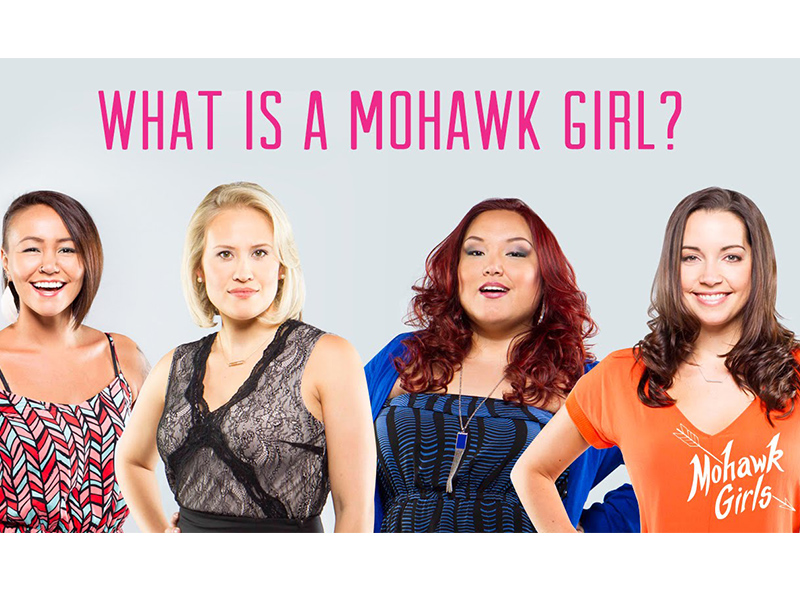Bailey, a proud Mohawk, finds it difficult to find a native husband while living on the Kahnawake reserve in Quebec. She moves to Montreal and meets Aaron, who is offering a homeless man some food.
“That was really nice of you,” she remarks.
“Tikkun olam,” he replies. “It’s Hebrew for repairing the world.”
Bailey and Aaron go out on a date and compare their equally overbearing Mohawk and Jewish parents pressuring them to marry within the tribe. After they sleep together, Bailey jokes about their families meeting. Aaron, however, spoils the party. “This is just fun, nothing more. I could never date someone who is not Jewish.”
These scenes take place on Mohawk Girls, an entertaining comedy-drama set in Kahnawake. Featuring a largely First Nations cast and airing on the Aboriginal Peoples Television Network, Mohawk Girls criticizes colonialism and confronts the very real problems aboriginals face, including poverty, racism, alcoholism and violence. It recounts the horrors of the residential schools and the missing indigenous women. But it also celebrates First Nations culture, community, diversity and individuality.
Tracey Deer, the show’s creator and executive producer who grew up in Kahnawake, describes it as “Sex and the City for the native set.” The show chronicles four young women looking for love and sex on and off the reserve as they debate whether to date only Mohawk men.
Despite its unfamiliar setting, Mohawk Girls deals with themes deeply familiar to Canadian Jewry. In the above episode, Bailey’s family wonders whether Jews are white. They can’t decide, but are certain that Jews are not Mohawk. Indeed, differences between the two peoples are vast. Though both groups suffered genocide and systematic persecution, today most Jews are economically successful and well integrated into Canadian society, while First Nations communities face far bleaker realities. Nonetheless, both Mohawks and Jews fight to preserve their cultures in the face of assimilation.
The parallels go beyond intermarriage. Another character in Mohawk Girls, Anna, was born to a Mohawk father and white mother. She grew up in New York and returns to the reserve to rediscover her heritage. Anna struggles for acceptance in Kahnawake, just as Jews of patrilineal descent see their Judaism questioned by some in the Jewish community. Many Mohawks are obsessed with blood quantum, an American-imposed system for determining aboriginal purity highly reminiscent of the Nazis’ Nuremberg Race Laws.
Anna’s attempts to fit in reveal the cultural genocide her people suffered. When she takes Mohawk language classes, Bailey explains that only one per cent of First Nations can speak their native tongue. Jews in the Diaspora face similar struggles maintaining Hebrew. When Anna mentions a native ritual, a friend sharply notes that she was raised Catholic, but that does not make her less Mohawk. Jews, too, wonder if their identity is religious, cultural or ethnic.
These shared struggles run through the series. As Montrealer Cynthia Knight, the Mohawk Girls’ head writer, told the McGill Daily: “I’m Jewish, and my whole life was about, ‘do I continue and stay in the faith because my family wants me to? Do I marry a Jewish guy because of all the sacrifices my ancestors made? If I don’t keep it up my people will disappear.’ These are exactly the questions the ladies have to ask themselves in the show.”
Canadian Jews could use their own version of Mohawk Girls, a show that is thoroughly Jewish, proud but self-critical, a show that confronts assimilation and cultural survival head on. Like Mohawk Girls, it could feature characters dedicated to the community who maintain their individuality and refuse to succumb to stereotypes.
One can even imagine a protagonist who leaves her synagogue and meets a Mohawk mensch.
David Weinfeld teaches American studies at the University of Toronto.
